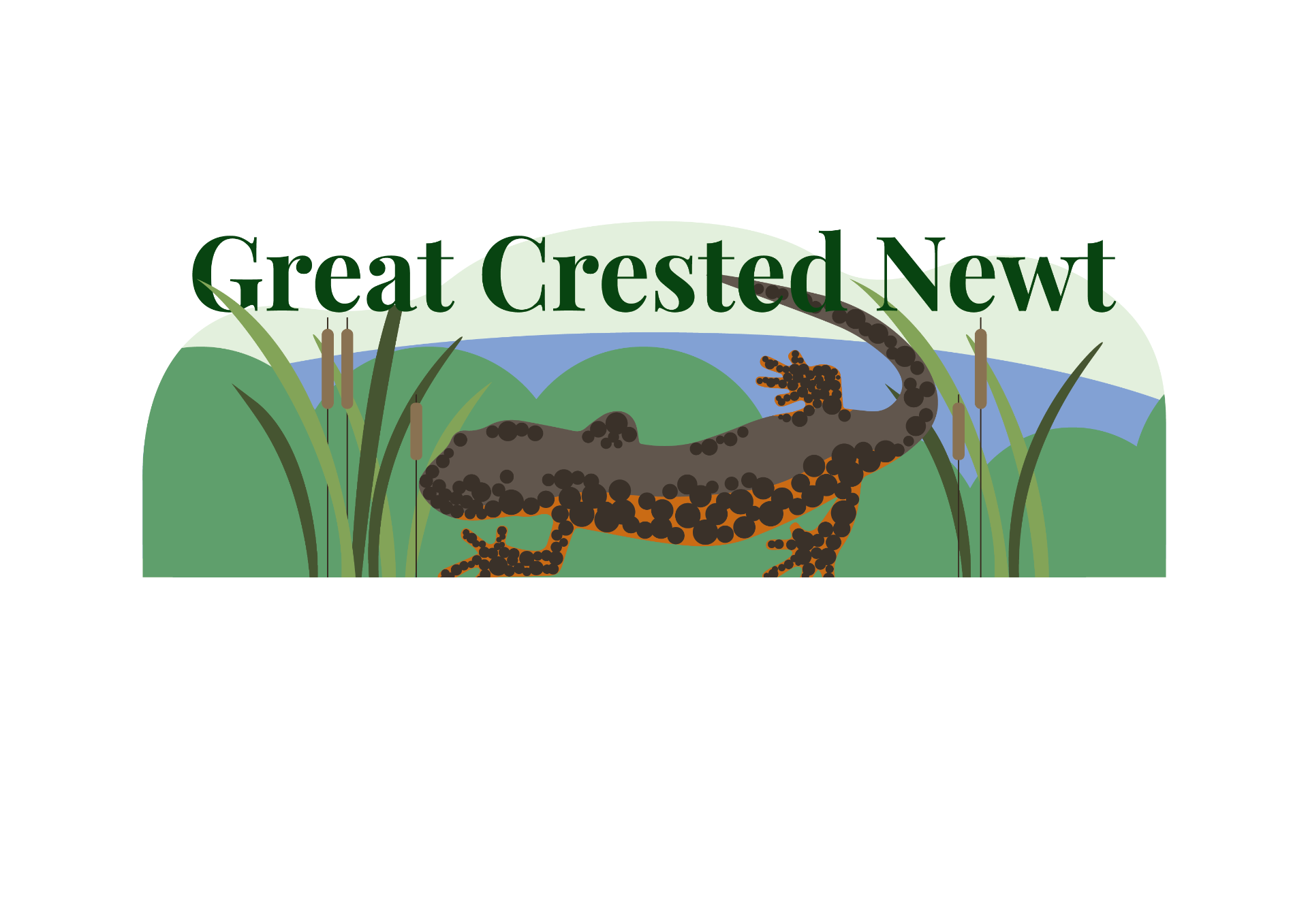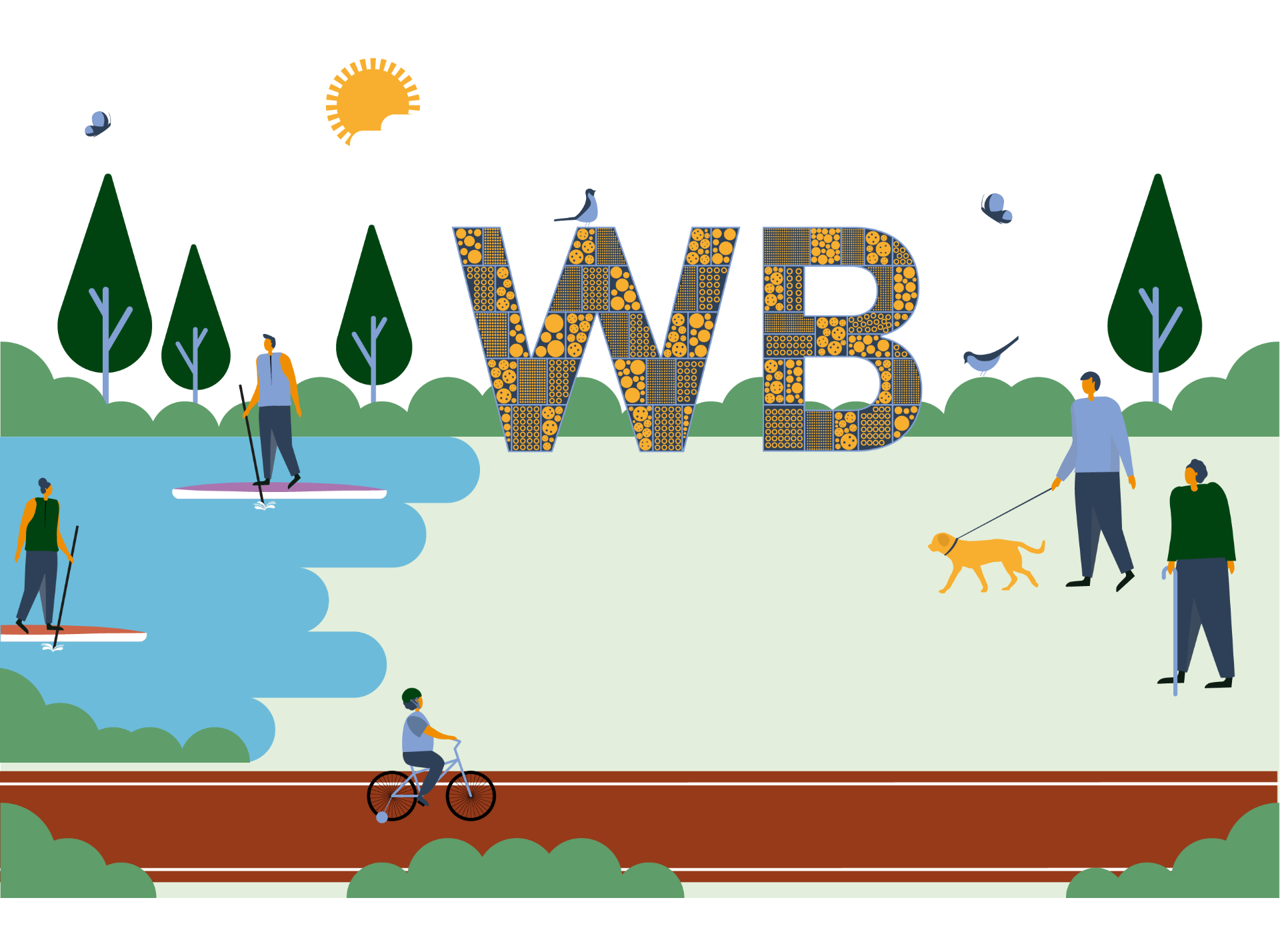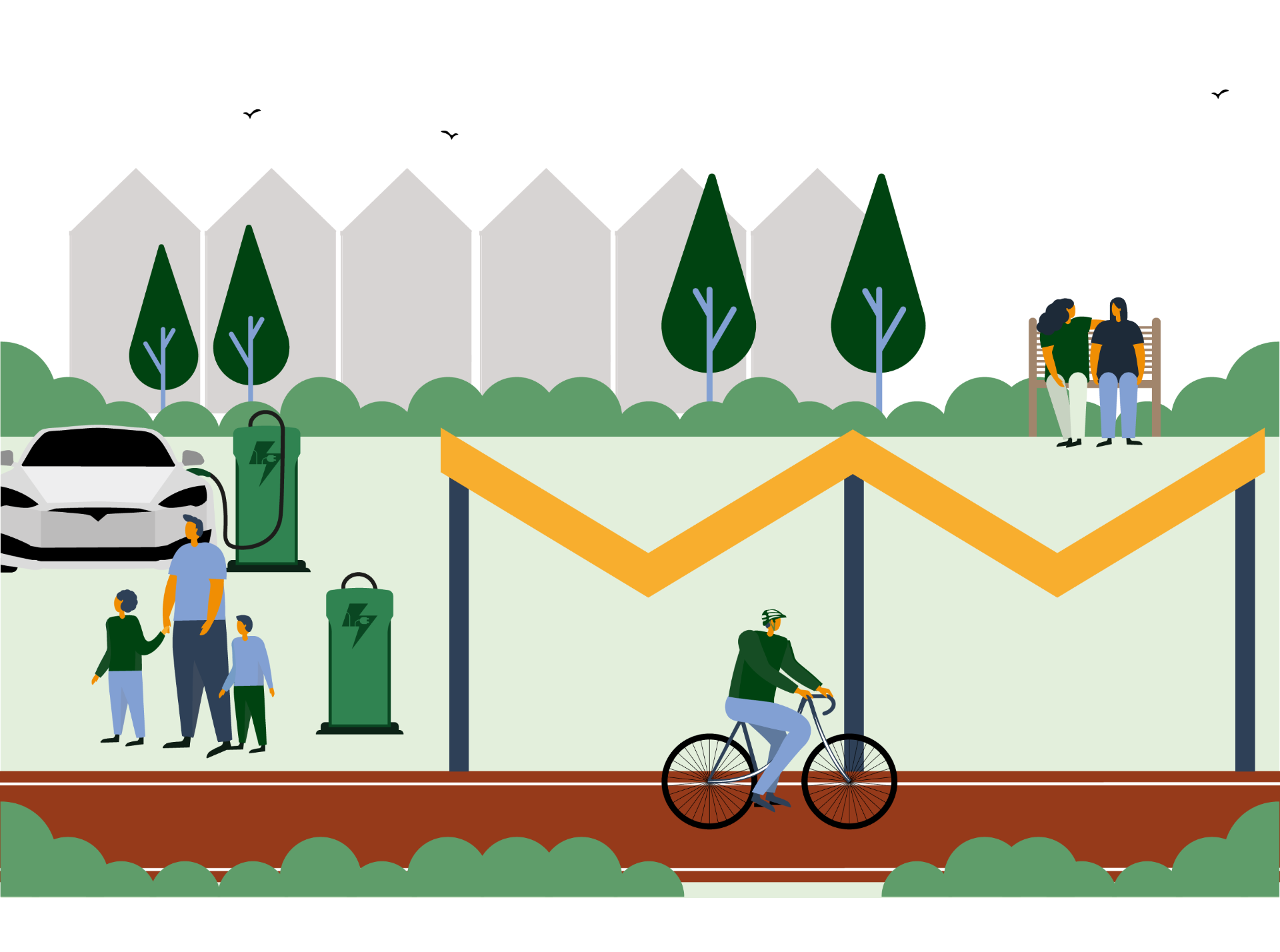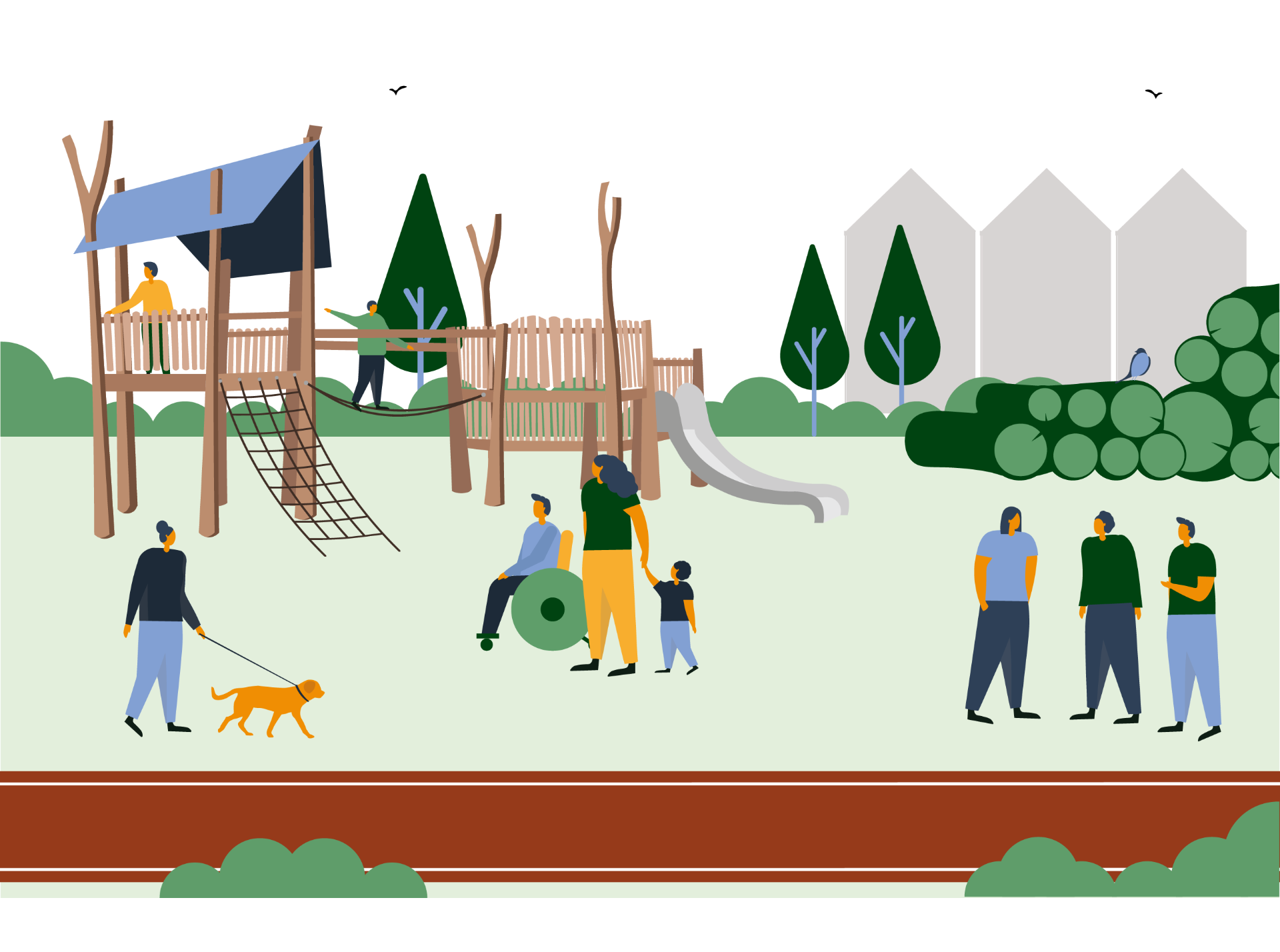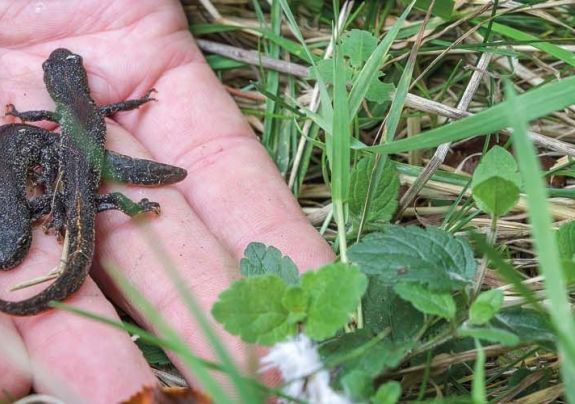The great crested newt reserve and ecological corridor has been an ongoing piece of the Waterbeach biodiversity framework since before development of the site began. This important area of land along the eastern boundary of the site has been protected and enhanced for biodiversity with key species in mind. A range of ecological enhancement and creation works have already been implemented as required under the great crested newt licence. These works have included creating shelter features called “hibernacula’”out of logs, rocks and earth for the newts to hibernate in over winter and reed removal in the ponds to make the perfect habitat for newt courtship displays. The grasslands within the ecological corridor have also been managed, with periodic cutting to maintain the rough diverse grass that newts need to travel between ponds in search of mates and egg laying plants. This habitat management throughout the reserve will also benefit other important species, such as the grass snake and common lizard, that are abundant on the site. The newt licences implemented thus far at Waterbeach require monitoring of the newt population over the course of several years. This monitoring involves conducting biannual overnight surveys of the ponds within the ecological corridor. During each survey visit, each pond will be surveyed six times between March and June when the newts are active. The newt monitoring this year has indicated that all of the habitat management and enhancements within the reserve have made a significant difference to the biodiversity of Waterbeach, with the great crested newt population of the site increasing from a medium to a large population since 2018.
